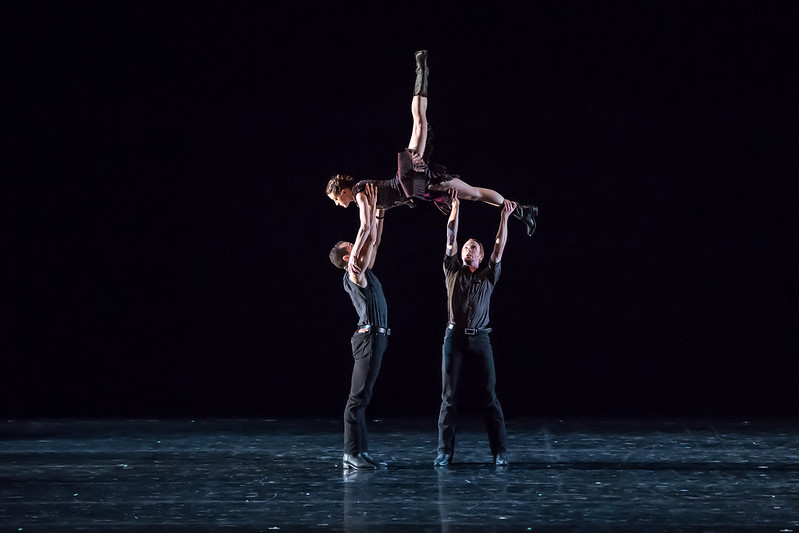Gender stereotypes are becoming archaic these days. Despite this, many people need to raise their voices to face the teasing that can stereotypes about their hobbies or work sectors can generate. Men, in particular, have had to fight for a space in society to achieve a respectable position as ballet dancers.
The role of men in ballet has always been important for the development of artistic interpretations but, at some point in the history of the western world, the perception of the work of dancers changed, generating a social stigma and some misconceptions about what men who do ballet are or are not.
Recently, the dancers’ work was overshadowed by controversial commentary on two major U.S. television shows. The controversy originated when Good Morning America’s Lara Spencer kept laughing as she said Prince George would start certain activities at his school, including ballet.
Laughter didn’t come with soccer, which is seen by most of the population as an acceptable practice for boys. Ballet, on the other hand, has for too long been labeled as exclusive to girls, with misguided assumptions about the masculinity of the boys who dare to practice.
The video was quickly disseminated by social networks and the ballet community mobilized to demand respect for a profession that requires a lot of effort, discipline, strength, focus and passion. Presenter Lara Spencer apologized, saying she was absolutely ashamed by her words. This seemed to create a precedent for those who have an obligation to carry appropriate messages to the population.
In order to try to create a movement that would serve to demand respect and be free from stereotypes, 300 young dancers and children showed up at Times Square for an outdoor class, filling the great space with energy and passion for this professional career. However, the event served to generate a new controversy once again on U.S. national television.
Fox News anchors Raymond Arroyo and Laura Ingraham mocked the initiative in Times Square. Arroyo said people will harass anyone who walks in tights because they are not male role models. With this, he justified harassment and probably even considered it necessary, given the situation.
The mockery from these presenters and part of the population towards men in ballet comes from ignorance, fear of the unknown, and misconceptions about the profession. A mentality that fails to understand that ballet is not the tights, the tutu or the ballet shoes.
The work required to become a professional dancer involves many hours of effort, and long days of training. In addition to ballet classes, dancers go to the gym for complete fitness and strength. Long hours of training extend throughout life as a student and professional. They don’t go to the gym a couple of hours a day or occasionally like most people. Their work is through their body, so the workday for a dancer requires a lot of practice and physical preparation.
The negative reputation has overshadowed the real work required to perform jumps and turns from perfect positions, as well as carrying women over their heads for long periods of time, while looking completely calm. Despite what is thought, the roles are not effeminate either. Men make representations of their own gender as princes, slaves, knights, among others, but never represent female roles on stage.
The inclusion that has been seen in other sectors has not yet covered ballet. Among the stereotypes held around the art are those of effeminacy, gayness, weakness and fragility. Without understanding that extreme force is required to execute the dancing, with a physical preparation that allows them to carry out work that requires better condition than is found in many elite athletes.
Men in ballet are a minority because of the prejudices that exist around dance. Many of them give up because of pressure from the outside world, and few have the support of their parents to continue. The vast majority of people have a clear misconception about what children should or should not do, according to their gender.
Within ballet halls, stereotypes are left out because there is a greater understanding of being exposed in a world that likes to classify according to absolute truths. A world that is incapable of understanding that ballet can become both feminine and masculine, without anyone giving up what they are. On the road to demanding an egalitarian world, it is also an obligation to offer equality in return.
Image credit: KC Ballet Media

